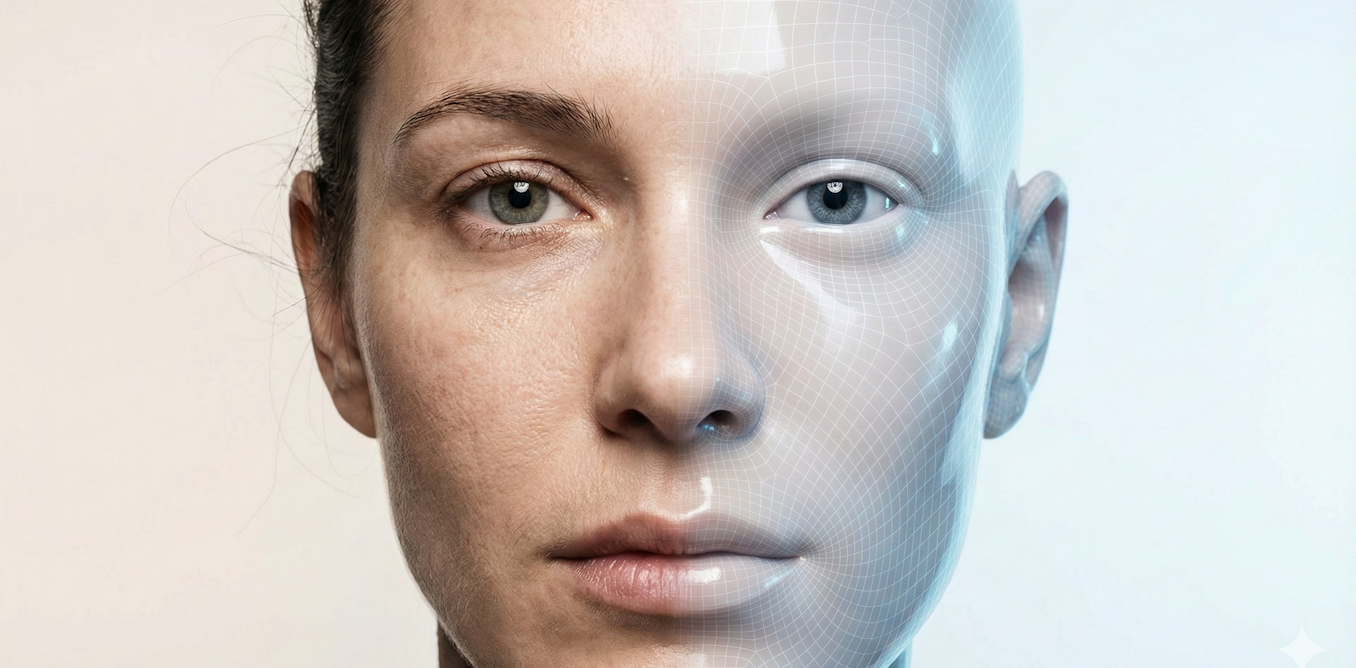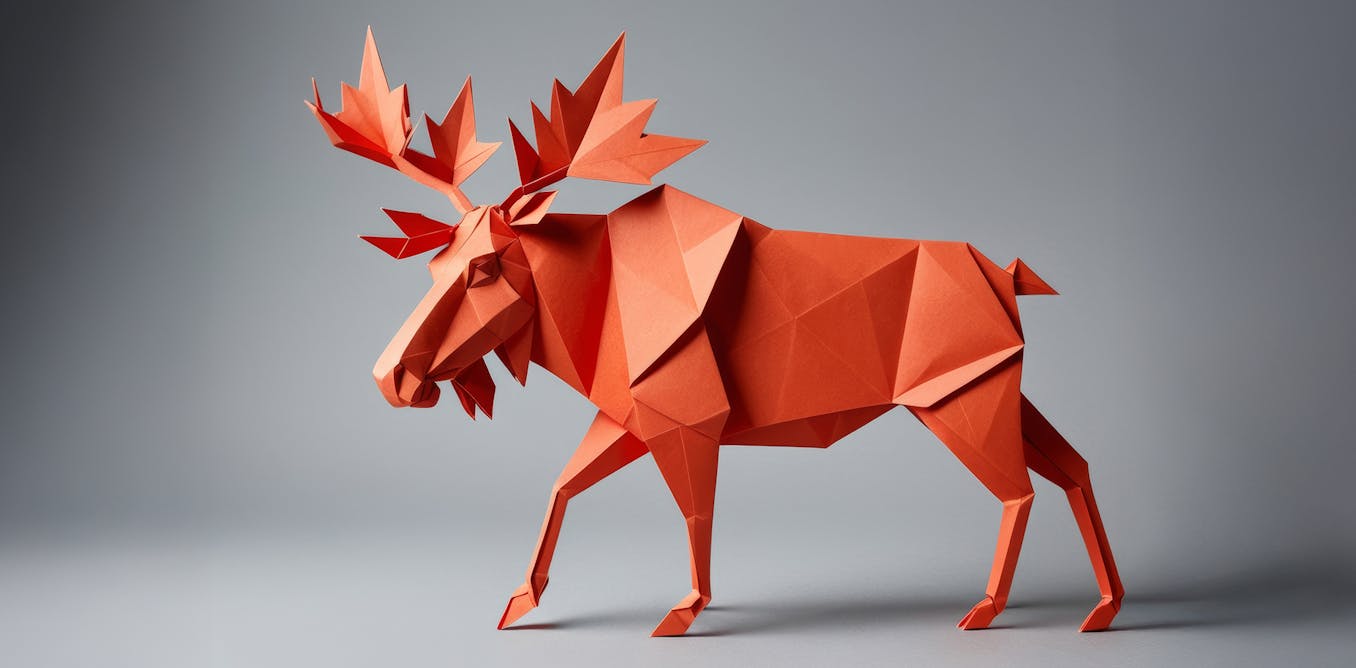The James Webb Space Telescope (JWST) has revolutionized the field of astronomy with its impressive capabilities. This giant, golden eye in space is like the superhero of telescopes, equipped with X-ray vision for infrared light. With its impressive mirror, JWST can capture distant cosmic wonders six times faster than its predecessor, the Hubble telescope.
The JWST has provided groundbreaking insights into the universe, from exploring the birthplaces of stars and planets to unraveling the mysteries of ancient galaxies. Its ability to see in the infrared spectrum allows it to peer through the dust and gas clouds of nebulae and observe the formation of new stars.
One of its remarkable discoveries includes WASP-39 b, a planet with a hot and steamy atmosphere filled with various elements. JWST’s infrared vision has also unveiled the secrets of the Tarantula Nebula, a cosmic nursery of stars in the Large Magellanic Cloud.
The JWST’s cutting-edge technology and capabilities have opened up a new realm of possibilities for astronomers, allowing us to witness the wonders of the universe in stunning detail. As we continue to explore the depths of space, the JWST remains an invaluable tool for unraveling the mysteries of our cosmos.
Watch the video by Sagan’s Sandbox
Video Transcript
Are you tired of your regular, boring, Earth-bound telescopes that can barely see past the moon? Well, get ready, because we’re about to take a ride on the James Webb Space Telescope. It’s like Hubble went to the gym, got ripped, and now it’s flexing
Its golden muscles in the infrared! But before we get into it, let’s give that like button a playful poke and subscribe for a wild ride through the coolest videos in town! Ring-a-ding that bell to join the party. You won’t want to miss the cool stuff we’ve
Got ready. We’re excited to share it with you. Now, let’s get the ball rolling! Imagine a giant golden eye, 6.5 meters wide, winking at us from space with its 18 shiny hexagonal segments. This isn’t sci-fi; it’s the James Webb Space Telescope or (JWST),
It’s super big, making the Hubble telescope seem as small as those little binoculars you use to watch birds! With its massive mirror, JWST can gulp down light like a thirsty camel, spotting distant cosmic wonders six times quicker than its older cousin Hubble. It’s like swapping
A flashlight for a lighthouse as we peek into the universe’s mysterious corners where stars are born and galaxies throw their first tantrums. And all this, thanks to a Christmas Day liftoff in 2021 that was more than just a rocket ride; it was a dream come true for astronomers!
The JWST is like a superhero with X-ray vision, but for infrared light! It can peek at wavelengths from 0.6 to 28.5 micrometers, which is like seeing from the reddest red to the middle of the infrared
Party. The Hubble Telescope is cool and all, but it’s more of a visible light kind of guy. Now, JWST won’t give you super-detailed selfies like Hubble does, because as the wavelengths get longer, the details get fuzzier. But hey, it’s the thought that counts, right?
With its infrared goggles on, JWST takes us on a time travel trip back to when galaxies were just babies, less than a billion years after the Big Bang. These ancient light shows started as ultraviolet and visible light, but the universe’s stretching turned them into infrared signals.
It’s like the universe challenged everyone to a game of “Red Light, Green Light,” and JWST is the sneaky one still tiptoeing forward! You know, humans can’t see infrared, so the colors in JWST’s snapshots are a bit of a remix. Scientists play with the colors, turning
Longer wavelengths into reds and shorter ones into blues, kind of like a DJ mixing beats. The JWST has a talent for remixing colors, but that’s not all it can do. It can also keep an eye on the weather in space. It’s been looking at Titan, one of Saturn’s big moons,
And checking out how cold Pluto is. It even saw an asteroid get bumped by NASA’s space mission. It’s like a weather reporter for space, telling us all about the storms up there! But there’s more to the galaxy than our solar system, you know, the over 5,000
Known exoplanets in our galaxy remain a mystery. While we typically know their orbits and often their sizes and masses, most other information lies beyond the reach of Earth-based telescopes and even Hubble. But there’s a hero: JWST. And it’s already showing us some cool stuff.
WASP-39 b: A hot and steamy world. This planet is so close to its star that it sizzles at 1,650 degrees Fahrenheit (900 degrees Celsius). That’s hotter than a pizza oven! JWST peeked into its atmosphere and found water, sulfur dioxide, carbon monoxide, sodium, potassium,
And carbon dioxide. Wow, that’s a lot of stuff! Maybe it’s trying to make some kind of cosmic soup. This was the first time we ever saw carbon dioxide in an exoplanet. Good job, JWST! WASP-39 b is a planet with a lot of personality. It has a lot of different things in its
Atmosphere, but JWST is not impressed. It can see much more with its infrared eyes, such as the birthplaces of stars and planets, the huge clouds of gas and dust that astronomers call nebulae. They are very pretty, but they also keep their secrets hidden from our eyes.
We need a special kind of light, called infrared, to see what is going on inside them. JWST’s infrared vision has started to open up these environments for us. And one of its first targets was a small portion of the Eagle Nebula (M16). This Nebula is like
A nursery where stars are born from the dust and gas of a giant cloud. Hubble showed us the majestic “Pillars of Creation”, but they hid the secrets of the young stars inside. JWST lifted the veil and revealed a dazzling view of this stellar cradle, 6,500 light-years away.
While Hubble saw dark and cold shapes, JWST saw bright and hot stars. Some of them have already come out of their dusty shells and glow with their own light. You can tell them apart by the spikes
Around them, a sign of JWST’s mirror. But some of them are still growing and feeding from the cloud. They are so young that they sometimes burp out jets of gas that crash into the surrounding
Material and make it glow. You can see them as red spots near the ends of the lower pillars. They are the newest members of the starry family, only a few hundred thousand years old. These stars are just a glimpse of what JWST can explore. There are other areas like the Large
And Small Magellanic Clouds, the biggest and shiniest friends of the Milky Way. They take us back to when the universe was a baby and stars were popping up everywhere. This period, called the cosmic noon, shaped the galaxies we see today. And the coolest place to watch
This star show is the Tarantula Nebula. The Tarantula Nebula is a cosmic spider that spins stars like silk. It is the biggest and brightest nursery of new stars in our galactic neighborhood, only 160,000 light-years away in the Large Magellanic Cloud. Its heart is a dazzling
Cluster of massive stars called R136, which blast away the surrounding gas with their powerful radiation and winds. This creates a huge bubble that reveals the hidden secrets of star formation in the early universe. The Tarantula Nebula is a time machine that takes
Us back to the era of cosmic noon, when galaxies were making stars at their peak rate. JWST lets us see this amazing sight in stunning detail. So, yes JWST is awesome, but let’s switch gears and talk about something closer to home, like our YouTube channel. You won’t regret checking out
Our other videos, because we have something for everyone. Whether you’re into aliens, black holes, or Mars, we’ve got you covered. Don’t just take our word for it, see for yourself. How about learning how scientists discovered the strongest evidence for extraterrestrial life,
How black holes devour stars like snacks, or what strange things are going on the red planet? Yes, Mars is getting more interesting by the day, but it might be a very tough place for the brave astronauts who will go there. Luckily, they will get massive help from AI. But how can AI make
Space exploration a piece of cake? All these topics and more are waiting for you to click. But hey, hang on, don’t close this tab yet. I have a special surprise for you. Are you curious? Well, here it is… If you liked this video, please show some love by clicking the thumbs-up button,
Sharing it with your friends, and joining our awesome space community by subscribing and hitting the notification bell. Believe me, it’s not rocket science, but it really makes a huge difference for us. Thank you for watching. Stay tuned for more incredible space videos.
Video “NASA’s Best Telescope: How JWST Changed Astronomy” was uploaded on 02/23/2024 to Youtube Channel Sagan’s Sandbox






















